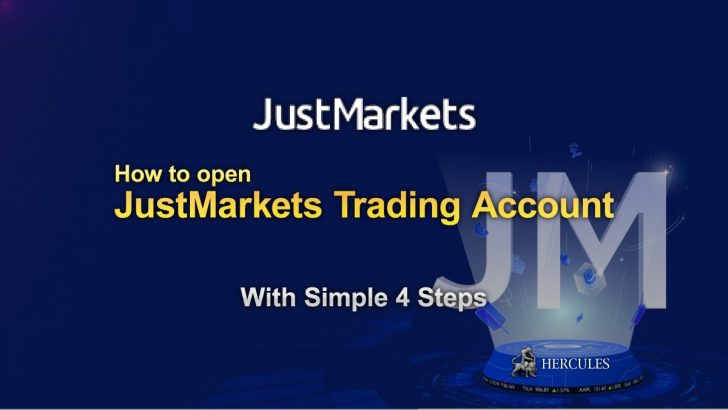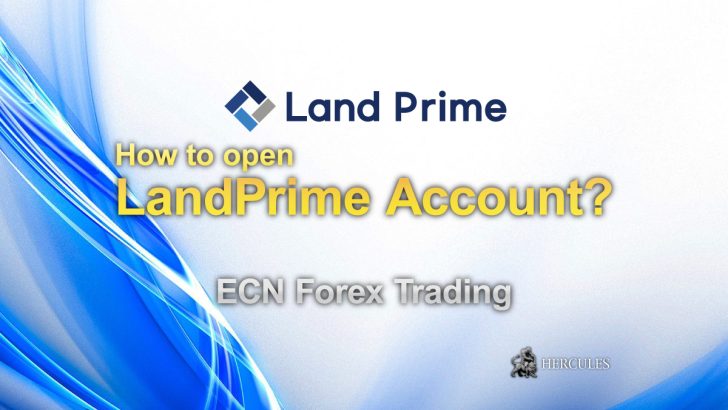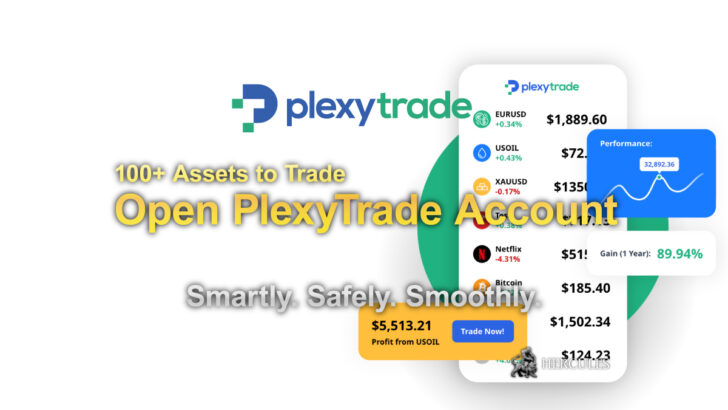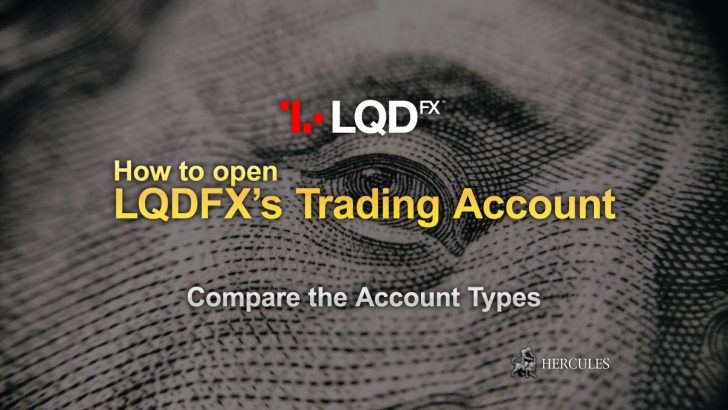XM - The Best Broker to trade Forex with the 0 pips spread
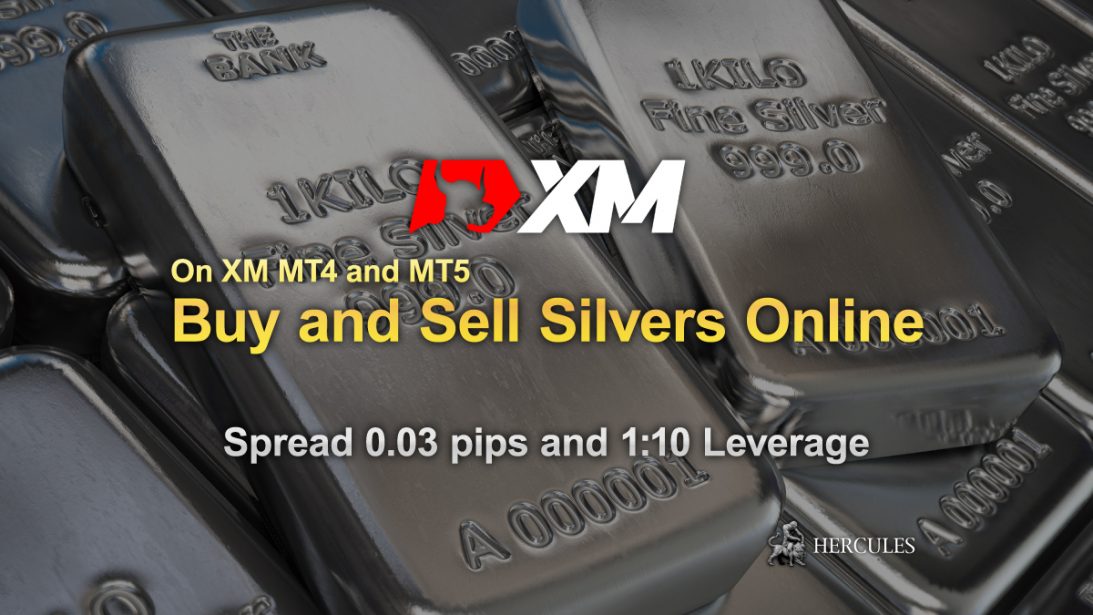

Tight Spreads as Low as 0 Pips
To keep spreads as narrow as possible, XM aims to get optimal prices from all the liquidity providers. Real-time prices are aggregated from liquidity providers in order to offer best bid and ask prices to clients. XM’s electronic pricing engine allows it price updating on every currency pair three times per second, and thanks to this XM’s prices reflect the current global forex market levels.
XM offers tight spreads to all clients, irrespective of their account types and trade sizes. XM recognizes the fact that tight spreads only make sense for all clients if they can trade with them. This is the reason why XM attributes great importance to the execution quality.
XM operates with variable spreads, just like the interbank forex market. Because fixed spreads are usually higher than variable spreads, in case you trade fixed spreads, you will have to pay for an insurance premium.
Many times, forex brokers who offer fixed spreads apply trading restrictions around the time of news announcements – and this results in your insurance becoming worthless. XM imposes no restrictions on trading during news releases.
Trade Forex with 0.0 pips Spread
Forex price and spread (Price and spread)
Pricing is the foundation of Forex trading. No matter what kind of commodity is bought or sold, this is generally the case every time: the seller will measure whether the value of the product is less than the price he asks; the buyer will measure whether the use value of the product is more than the price he paid. So a transaction will only happen when the buyer and the seller agree on a price. The commodity in the foreign exchange market is currency (money), but this does not change the nature of the transaction. Here, buyers and sellers in the foreign exchange market consider the value of one currency against another.
A trader’s main question is: “How will the price of the target financial investment product change?” As a basis, the trader needs to have a concept of the change in the value of the currency. If a trader believes that a currency A will appreciate against another currency B, then he should buy the AB currency pair (long position); otherwise, the trader should sell this currency pair (short position).
In order to make predictions about price trends more accurate, traders must understand how changes are formed and on what factors. A basic idea of Dow Jones Theory is: “Price reflects everything”. This sentence means that the current price of a commodity comprehensively reflects all the factors (economic, technological, political, environmental, etc.) that affect its changes. The vast majority of traders have never doubted the truth of this statement. Because it is impossible to analyze all factors (even the tiniest of factors), novice traders sometimes have a vague sense of analysis versus practice.
Let’s consider a simple model from the standpoint of technical analysis (ignoring fundamental factor analysis for now). It is assumed that this model is based on the premise of a free market of supply and demand. Demand is the total amount of financial investment products that short-term traders want to acquire in the future. The demand depends on the purchase volume of the market (setting an order does not only represent a demand, but an order also affects the market demand to a certain extent). Conversely, supply refers to financial investment products that short-term traders want to sell in the future.
Please see the following information for the impact of supply and demand:
- An increase in demand (new buyers entering the market (a bull market for traders)) leads to an increase in price;
- An increase in supply (new sellers entering the market (a bear market for traders)) causes prices to fall.
We say “usually” because of a few specific examples: when supply rises as demand rises, transaction volumes can become staggering while market prices can stay the same. This is because rising supply is offset by rising demand at the same time. Therefore, it is more accurate to use fundamental analysis when the change in supply and demand brings about fluctuations in price.
The spread is the difference between the lowest demand price (Ask) and the highest supply price (Bid). Because of the game within the market, the size of the spread will change permanently. Let’s look at the example below. At a certain time, the price of EURUSD is equal to 1.37513/1.37541. This means that we can buy euros at 1.37541 (the lowest price you can buy); and we can also sell euros at 1.37513 (the highest price you can sell). The spread at this point is equal to 2.8 (2.8 pips).
Every trader wants to buy at the lowest price and sell at the highest price (this is the golden rule of trading). If you do not want to buy at 1.37541, you can execute a pending order at 1.37500 and wait for the price to reach this level. But prices will only fall back when demand no longer climbs and supply is required to slightly outstrip demand. At this point, the seller can only keep the price down to 1.37500, and then you can buy EURUSD at your renewal price. Conversely, if you are not going to sell your currency pair at 1.37513, you can also place a pending order, say, 1.37550 and wait for the price to reach this level. Such a situation requires supply to stop rising and demand to slightly exceed supply. Then the buyer will increase the buying price, and finally, the buyer will buy your EURUSD currency pair at the price of 1.377550.
In fact, price spreads are not only found in the foreign exchange market. The difference between the bid and ask prices is part of every banking institution’s business. However, the spread in the foreign exchange market is as low as possible.



